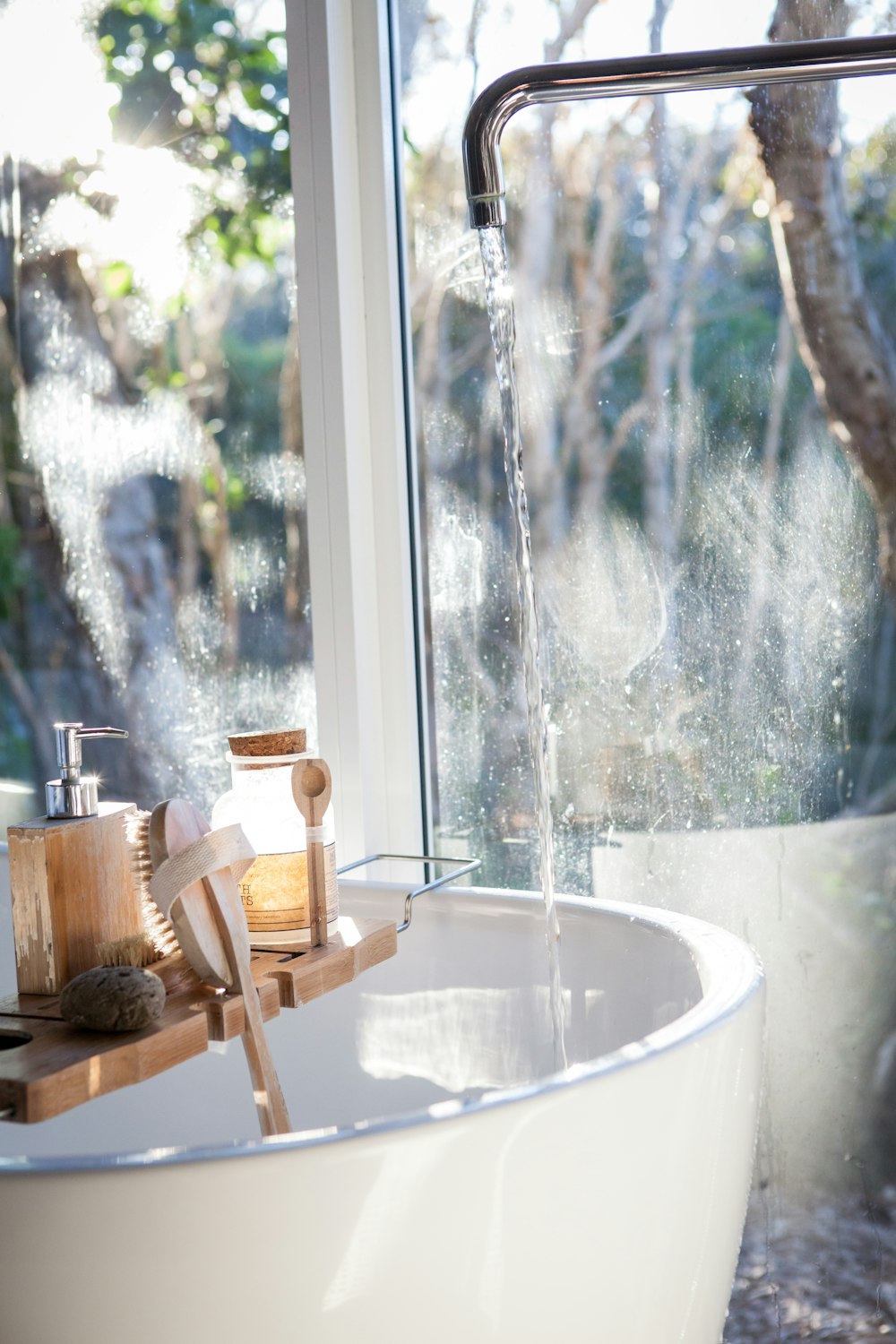Good luck with your new home! Choosing the right furniture is essential to turning your backyard into a stylish and comfortable outdoor area for recreation and relaxation. Your backyard is an extension of your home; choosing the right elements for it is crucial in creating a space that makes you feel comfortable as well as at peace with your environment. Below, we’ll walk you through some of the choices that most homeowners will have to make for their outdoor spaces and give you a list of considerations to help you make the best decisions for your backyard paradise.
Assessing your Space
It’s important to take a good look at your home’s outdoor areas. First, measure your backyard to get a good idea of how much space you have for any tables, chairs, etc. Note any building features such as patios or decks that may affect how you plan the area. It’s essential to consider furniture placement and ease of movement, as well as how the room can ‘flow’ in a natural appearance before you make any purchases. After initial measurements and planning, you can make more informed choices about how to design your outdoor oasis.
Budget and Sustainability
When furnishing your backyard, it’s important to establish a clear budget during the planning phase to help guide your choices and make the most informed decisions possible. Determine how much your family is willing to invest before you start looking for options so that you can find durable, quality furniture that fits within your price range.

Establishing a Theme
When choosing elements for your backyard, picking the correct theme so that the area comes together in one fashion is essential. Consider your personal style to ensure that any selection suits your household preferences. A good tip for this is to match your backyard furniture to your home’s color plan and design type. This careful approach to setting a theme for your backyard guarantees an aesthetically pleasing and well-integrated design that fits in perfectly with your tastes and your home’s particular style.
Types of Furniture
You can add variety to your outdoor areas by choosing the right kind of furniture. Dining set displays are great for having meals outside, inviting a group-oriented atmosphere. Lounge furniture can create a comfortable and relaxing environment, and different types of seating can meet various needs depending on the size of the family. To create more shaded areas, include structures like pergolas, awnings, or table umbrellas to protect yourself and your guests from the sun and enable more year-round functionality.
Material Matters
The durability and maintenance of your backyard furniture are important considerations. Whenever possible choose weather-resistant materials, so they’ll last for a long time, even in harsh climates. When choosing your design, consider the different types of upkeep needed for wood, metal, plastic, or wicker. Balancing aesthetic appeal with durability is important for pieces that maintain their quality in harsh conditions, and knowing the maintenance required for your particular selections will help keep your backyard looking fresh and increase the lifespan of your patio furniture.
Comfort and Functionality
You can enhance your outdoor experience by focusing on functionality when choosing furniture. There’s a variety of unique options on the market and many pieces have built-in storage space to help with seasonal accessories, such as chair cushions and umbrellas. By combining aesthetics with practical options, your backyard can turn into a comfortable retreat at all times of the year, as well as maintain its appeal in every season.
The Best Patio is One That Fits You
Designing your backyard can be an exciting project that enables you to design an outdoor retreat that’s unique to your style and personality. To better create your outdoor masterpiece, it’s important to take all necessary measurements and space considerations before any initial planning. Making a budget before starting to shop will help you stay on track in terms of affordability and price range, and balancing functionality with style is key to finding the right aesthetic appeal while ensuring affordability and longevity. With careful planning, you can create an amazing backyard space with options that are low-upkeep, long-lasting, and budget-friendly.

By: Katherine Robinson, a writer for National Outdoor Furniture


















































